- What is omnichannel customer service?
- Omnichannel vs. multichannel customer service
- Benefits of omnichannel customer service for businesses
- How to create an omnichannel customer service strategy
- How to assess your omnichannel maturity before implementation
- A real-world example of successful omnichannel customer service implementation
What is omnichannel customer service?
Omnichannel customer service is a strategic customer-centric approach to deliver cohesive and consistent support experiences across multiple communication channels.
For instance, consider a scenario where a customer initiates contact via a chatbot. If the issue requires extended resolution time, they might opt for an email response or go for a live agent reachable through chat or phone.
At every touchpoint, the customer history is available to the support team and the customer need not repeat their issue, eliminating the need for redundant explanations. This makes for a pleasant, harmonious experience that boosts customer satisfaction and loyalty towards the brand.
By adopting an omnichannel approach, businesses move away from isolated dialogues by centralizing channels and customer insights within a unified platform. This empowers teams and tools to seamlessly access pertinent customer data, irrespective of the channel in use.
Omnichannel vs. multichannel customer service
Multichannel and omnichannel customer support are often used interchangeably, which is not accurate. Let’s learn about the finer differences between the two.
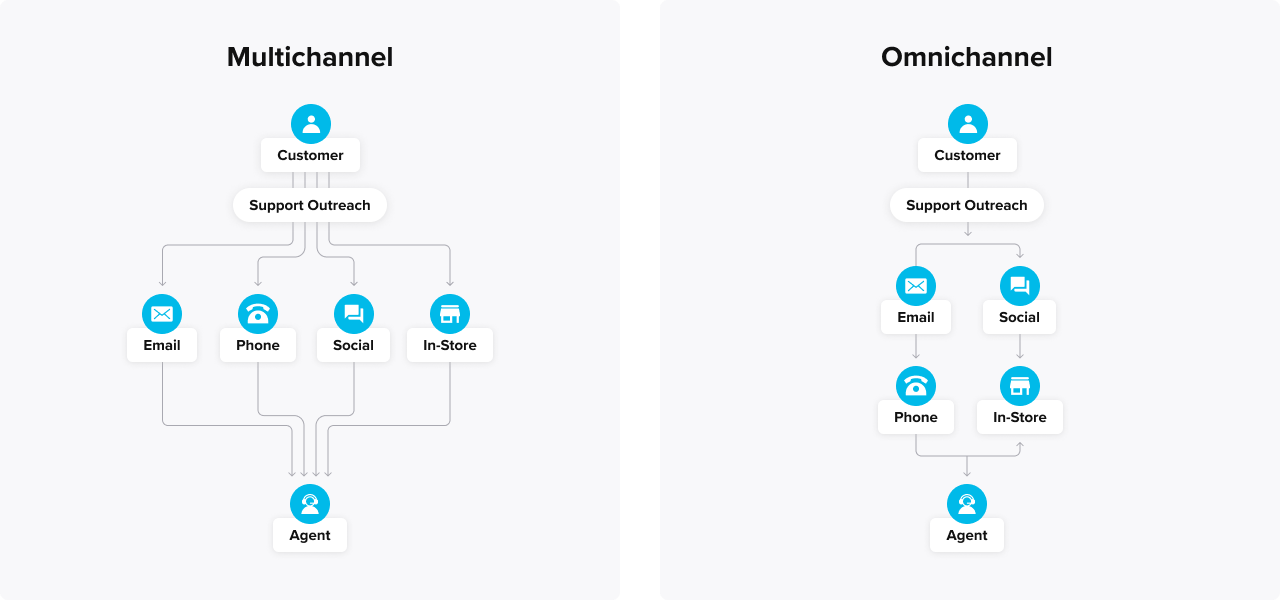
Aspect | Omnichannel Support | Multichannel Support |
Focus | Smooth and seamless customer journey with smooth transitions between channels with full context and consistent experience | Presence on multiple channels to provide options for customer interaction, but channels and experience are disjointed |
Channel integration | Channels are interconnected. Customer context is retained across channels, eliminating the need for redundant explanations | Channels function independently, with limited cross-channel interaction. Customer information isn’t shared between channels |
Shared data and insights | Integrates data from different channels to gain holistic insights into customer behavior and preferences | Data is collected separately for each channel, leading to fragmented insights that don't provide a complete view |
Example scenario | A customer starts a chat conversation, later receives an email continuation, and then connects with a live agent via phone, with all touchpoints fully informed of the customer’s history, needs and experience | A customer contacts customer support through email, later calls the helpline, repeating their backstory since each interaction is siloed and disjointed |
Benefits of omnichannel customer service for businesses
The benefits of embracing omnichannel customer service are manifold, providing businesses with the means to forge stronger connections, enhance operational efficiency and stay ahead in a competitive marketplace.
1. Improved customer experience, loyalty and trust
Omnichannel customer service fosters speed, convenience, transparency and trust in customer interactions. Seamless transitions between channels showcase an organization's commitment to buyers and ensure a smoother journey for them. When you deliver unified digital customer experiences over time, you increase customer satisfaction and build customer loyalty.
2. Agile channel activation and lowered support costs
Businesses with established omnichannel customer experiences gain a competitive edge in swiftly designing and launching new channels. A well-established omnichannel system enables new channel introduction, reducing the need to start from scratch.
Companies using omnichannel solutions have slashed costs by up to 30% and improved customer satisfaction by 19%. With effective call deflection, you can reduce your dependency on call support and optimize operational costs.

Another benefit of giving customers a seamless experience is you give them the confidence to adopt newer channels. And it is important because if you want to reduce cost per contact, it is necessary for a customer to believe you will respond to their text on time and they don’t need to call you every time.
3. Streamlined customer service
Customer service processes become more streamlined when they are tied together in an omnichannel ecosystem. Leveraging customer data and digital tools is more painless. For example: Automated routing, driven by unified data insights, guides customers to suitable agents quickly, boosting efficiency.
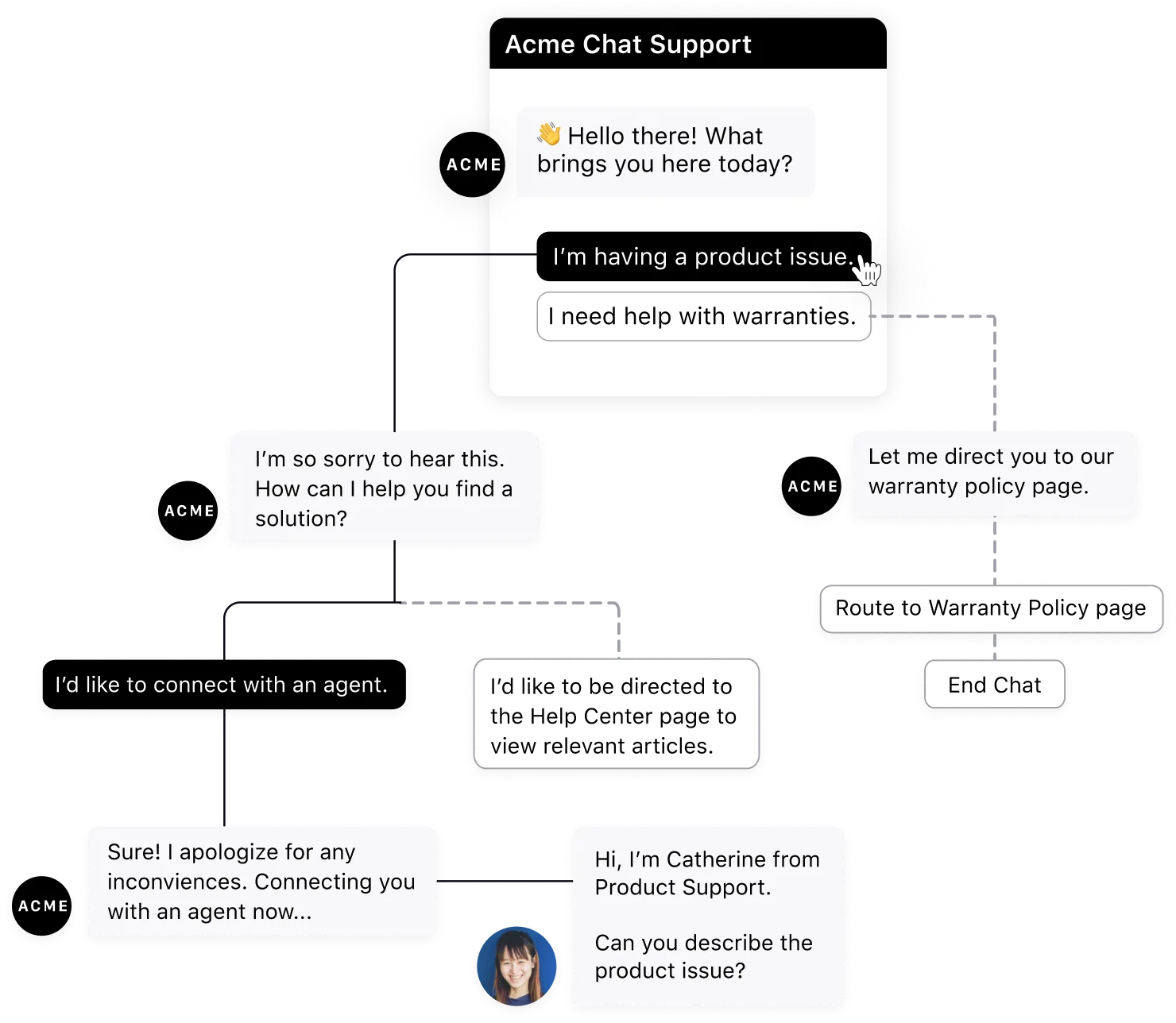
Enhanced understanding of the customer journey elevates agent productivity, personalized service and solution provision.
4. Personalized experiences
Omnichannel personalization technology uses consumer insights to create personalized experiences, boosting customer engagement and brand loyalty.
This approach goes beyond a one-size-fits-all strategy, making customers feel valued and understood. As a result, it amplifies customer engagement forging a deeper connection between the brand and its audience. These personalized interactions foster a sense of loyalty, as customers appreciate the extra effort taken to cater to their preferences and needs
5. Value from customer data and connectivity
Omnichannel customer service extends beyond meeting customers at different buying stages, expanding into anticipating their evolving needs. Connected devices and customer data empower you to develop services that proactively address customer requirements. Understanding and fulfilling customer needs boosts customer retention and cultivates enduring customer relationships.
How to create an omnichannel customer service strategy
We'll dig into the steps that help businesses make a strong plan for giving customers great service through different channels.
Step 1. Identify channel transition scenarios
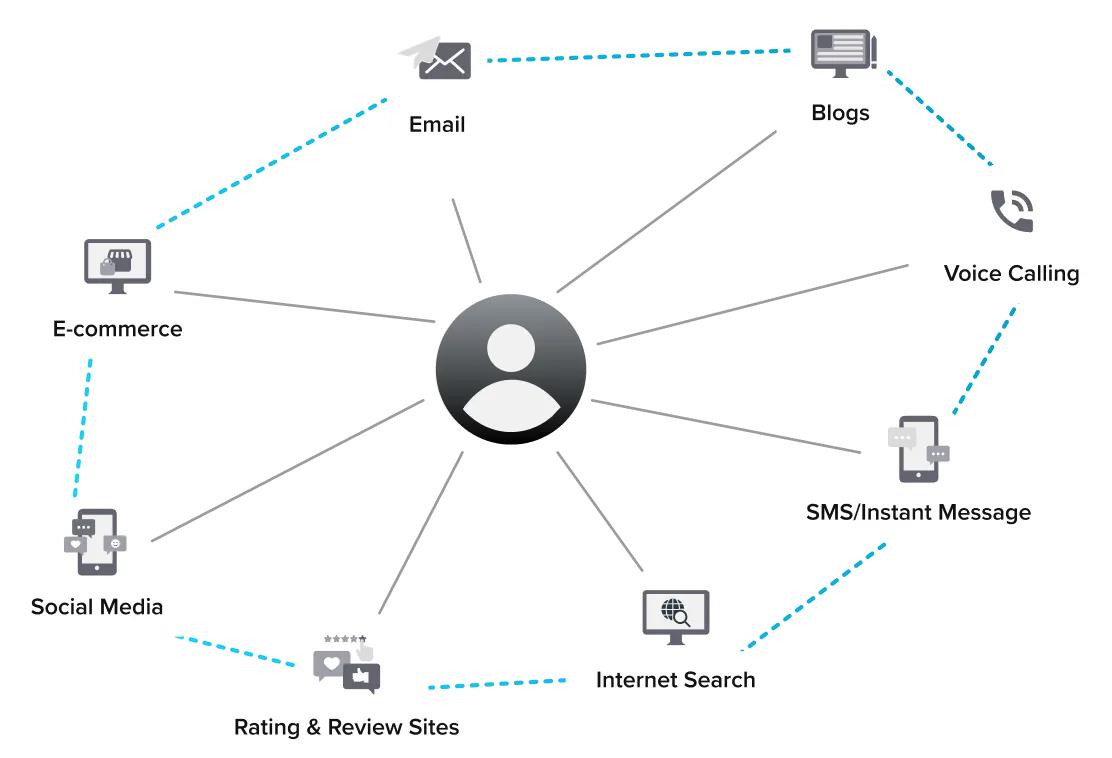
Recognize scenarios where transitioning conversations between channels is advantageous.
Authentication: For sensitive interactions, like financial institutions verifying customers, prompt them to switch to secure apps.
Notification convenience: Move ongoing discussions from websites to messaging platforms to receive and give timely replies.
Step 2. Understand user experience priorities
Tailor your content and approach based on what your chosen channels offer - voice, text or video.
Leverage chat apps for better interactions and notifications.
Recognize the superiority of mobile apps or web chats for secure and branded conversations.
Step 3. Focus on customer privacy and data
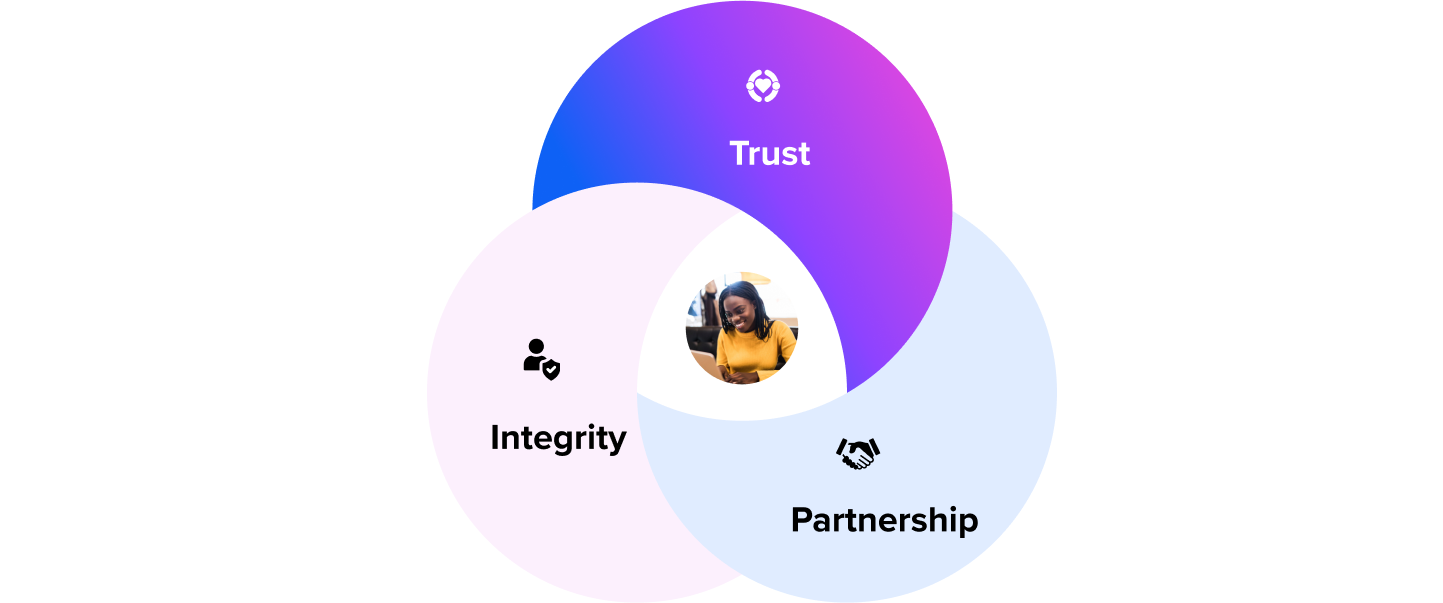
Find the right balance between engaging with people and respecting their privacy. Engage customers on popular platforms like Twitter while ensuring confidential discussions on more private platforms like email and WhatsApp.
Step 4. Evaluate your current omnichannel capabilities
Evaluate current omnichannel capabilities to identify areas for improvement. Understand evolving customer expectations, behaviors and preferences using a Unified Customer Experience Management Platform (Unified-CXM).
Step 5. Map the entire customer journey
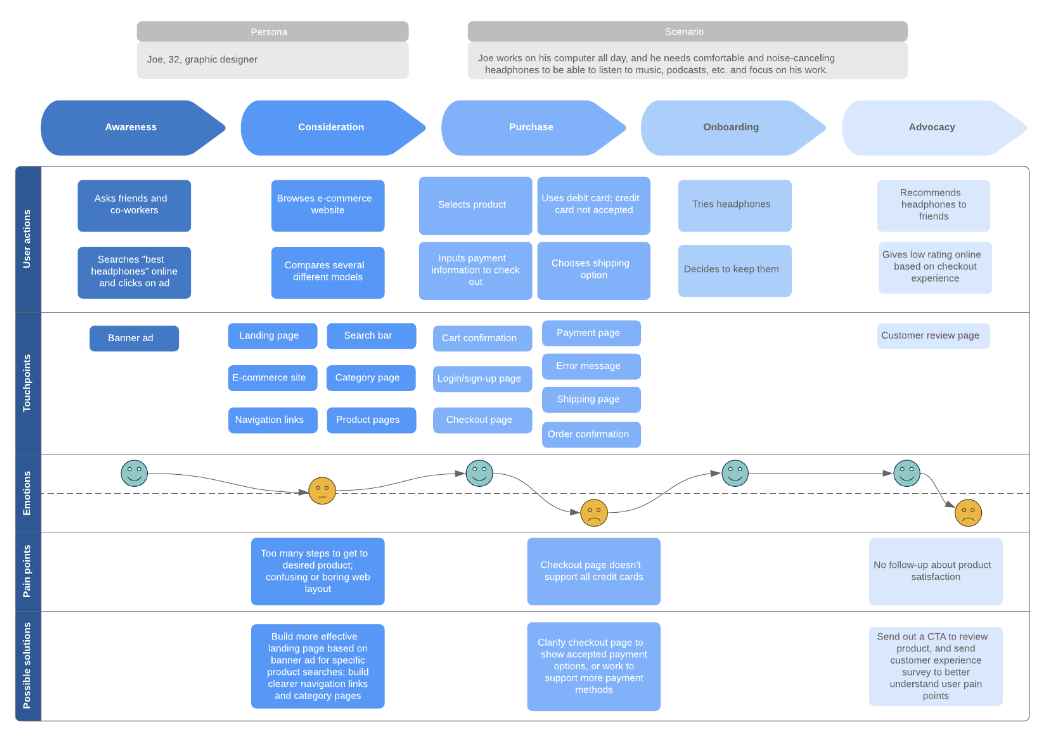
Extend omnichannel operations beyond acquisition to after-sales service strategy. Collect data from various sources and identify all customer touchpoints across channels. Note pain points and opportunities, assign responsibilities and implement the right CRM and CXM tools.
Step 6. Leverage robust technologies
Centralize customer data from different touch points using a CRM tool to offer personalized experiences and services.
Deploy a unified CXM tool to leverage automation, AI and chatbots to empower your customer service efforts.
How to assess your omnichannel maturity before implementation
This checklist provides a comprehensive assessment process to determine your organization's readiness for implementing an omnichannel strategy. By evaluating various aspects, from customer insights to technology infrastructure, you can better understand your current state and make informed decisions to enhance the omnichannel experience.
Checklist for assessing omnichannel maturity
Questions to ask | Aspects to evaluate |
💡Do you have comprehensive customer insights? | Do you understand customer preferences? Have you segmented your customer base? |
🌎What is the current channel landscape? | Can you list all current communication channels? Have you assessed channel usage patterns? |
🏢How is your technology infrastructure? | Have you evaluated your current technology tools? Do your systems have data integration capabilities? |
🔀Is there cross-channel consistency? | Have you evaluated the consistency of your messages across channels? Is there data synchronization between channels? |
🎡Have you conducted customer journey mapping? | Have you mapped out the customer journey? Have you identified where customers transition between channels? |
📖How is your employee training and awareness? | Have you gauged your employees' omnichannel knowledge? Have you provided training for all channels to ensure employee proficiency? |
🔎What performance metrics are in place? | Have you defined key performance indicators? Are you measuring the success of each channel individually? |
📢What about customer feedback channels? | Have you evaluated the options for receiving customer feedback? Are you incorporating customer feedback to improve your strategy? |
🚫How are you addressing privacy and data security? | Are you ensuring data privacy compliance across all channels? Have you implemented secure channel transitions, especially for sensitive data? |
🔝How do you plan for scalability and adaptability? | Are you planning for future channel integration? Are you prepared to adjust your strategy based on changing customer trends? |
A real-world example of successful omnichannel customer service implementation
A well-planned and executed omnichannel approach to customer service can give astounding results. Here's one real-world success story for your inspiration -
Honda planned to launch their first online car sales website, Honda ON. The perception was there would be a plethora of contracts they would need to sign with multiple technology providers and would require more hires to meet the needs of omnichannel buyers. Honda had plans to engage more deeply with tech-savvy millennials and GenZ buyers who expect brands to be proactive on channels they prefer.
What did they do?
They found Sprinklr, a one-stop, unified technology solution for all of Honda ON’s customer experience management needs. With the help of Sprinklr, they were able to: -
Manage multi-channel customer care solutions (digital and voice) seamlessly in a single platform.
Plan, publish and manage brand content across multiple channels from a single platform — then efficiently measure and respond to customer engagement with shared dashboards and workflows.
Expand the company’s ability to engage with customers on voice calls by leveraging Sprinklr’s inbound voice capability.
What was the outcome?
Honda replaced three-point solutions with a unified customer experience platform, reducing costs by thousands of dollars.
Now, not only can Honda agents interact with customers on email, social, and chat, but also via voice calls, enabling agents to provide seamless, 360-degree care — engaging with consumers however and whenever they choose to connect with Honda.
If you want to replicate what Honda did and give your customers a taste of the omnichannel experience, request a demo today!
Frequently Asked Questions
Omnichannel customer service can significantly boost your business's customer satisfaction by offering a seamless and consistent experience across various channels. Customers can interact with your brand effortlessly, switching between platforms while still receiving personalized and timely assistance.
Thank you for contacting us.
A Sprinklr representative will be in touch with you shortly.
Contact us today, and we'll create a customized proposal that addresses your unique business needs.
Request a Demo
Welcome Back,
No need to fill out any forms — you're all set.


